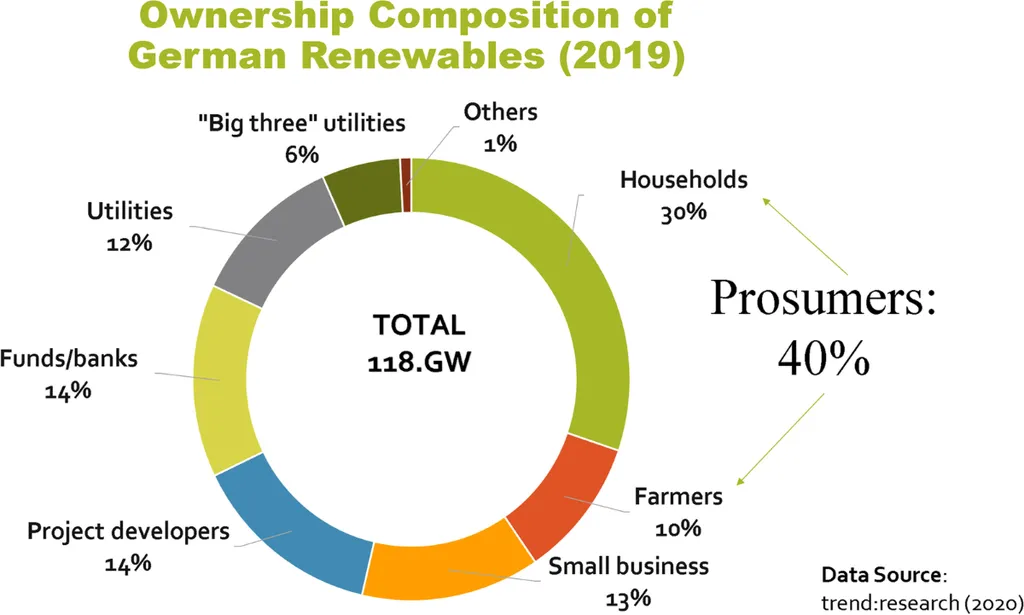In a groundbreaking study published in the journal *Applied Energy*, researchers have uncovered the immense potential of electric vehicles (EVs) to revolutionize Germany’s future power system. The study, led by Fabio Frank from the Fraunhofer Institute for Systems and Innovation Research ISI, explores how controlled charging and vehicle-to-grid (V2G) technology can transform the energy landscape, offering significant benefits for the energy sector.
As the number of electric vehicles on the road continues to rise, so does the demand for electricity. However, this influx of mobile storage units also presents a unique opportunity to enhance the flexibility of the electricity system, which is increasingly reliant on intermittent renewable energy sources like wind and solar power. Frank and his team set out to quantify the impact of smart charging strategies on the German energy system in 2030 and 2045.
To do this, the researchers simulated 7,000 vehicle driving profiles using an agent-based model, generating detailed load profiles and charging power boundaries for the German car fleet. These profiles served as constraints in an energy system optimization model, allowing the team to compare the installed electric capacities required under different charging scenarios: uncontrolled, controlled, and bidirectional (V2G).
The results were striking. “A bidirectionally charged car fleet has the potential to replace a substantial amount of stationary battery storage and hydrogen-fired peaking power plants,” Frank explained. Specifically, the study found that V2G technology could displace 32 GW (84%) of stationary battery storage and 31 GW (64%) of hydrogen-fired peaking power plants by 2045. Moreover, it could facilitate an additional 7 GW (2%) of solar power expansion.
The implications for the energy sector are profound. By enabling smart and bidirectional charging, the integrated energy system can significantly reduce the need for future capacity expansion in the electricity system, as well as in coupled hydrogen and heat systems. This could lead to substantial cost savings and improved system efficiency.
On the demand side, the study found that implementing V2G can limit hydrogen-fired electricity generation to winter months and enable a shift toward combined heat and power plants. It can also reduce the expansion of electrolyzers by 19 GW (28%) and power-to-heat capacities by 25 GW (60%).
As the world grapples with the challenges of integrating renewable energy sources and electrifying transport, this research offers a compelling vision of the future. By harnessing the power of smart charging and V2G technology, Germany could pave the way for a more flexible, efficient, and sustainable energy system.
The study, titled “Potential impact of controlled electric car charging and vehicle-to-grid on Germany’s future power system,” was published in the journal *Applied Energy*. As the energy sector continues to evolve, the insights from this research are sure to shape future developments in the field.

